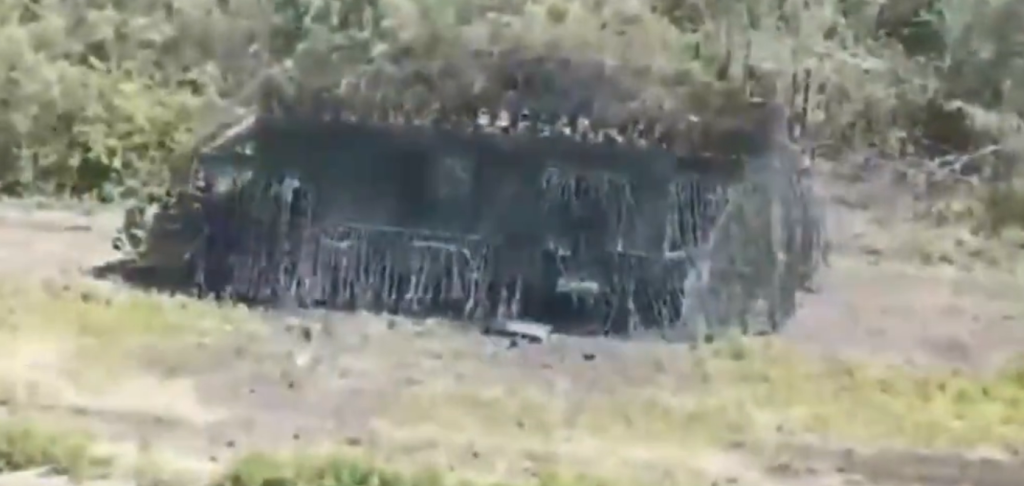On the modern battlefield, tanks remain symbols of power and resilience.
Others are reading now
They play a crucial role in both defense and offense, providing mobility, heavy firepower, and psychological strength to ground forces.
Yet as warfare evolves, particularly with the rise of drone attacks, even the most powerful armored vehicles are being forced to adapt. Not all of those adaptations are working.
Protective structures turn problematic
To defend against aerial strikes and drones, Russian units have fitted their tanks with improvised metal frames known as mangals.
These large cage-like structures, designed to absorb or deflect explosive hits, have become increasingly common across the front.
However, many soldiers say the modifications have created more problems than they solved.
Also read
The Ukrainian outlet Defense Express quoted one Russian tanker saying:
“The second company made a huge ‘mangala’ of ropes, but after traveling less than ten kilometers, the tank had to cease operations due to the failure of one of its sides.”
Heavy weight, reduced performance
The added weight of these protective layers strains the tanks’ engines and suspension systems.
Models such as the T-80BVM and T-72B3M, already operating under heavy loads, are particularly affected.
Extra armor makes them slower and less maneuverable, limiting their ability to respond quickly on the battlefield.
Also read
The situation highlights a growing divide between theory and practice in Russia’s tank design. What should improve survivability often ends up reducing reliability and mobility.
Tactical and technical consequences
Soldiers have reported that mangals can block turret rotation and interfere with communication systems.
Some crews have referred to these tanks as “mass graves with no communication,” a grim reference to how such designs reduce visibility and coordination.
The structures may offer limited protection against drone strikes, but they also make the tanks larger targets and reduce their ability to fire effectively.
Analysts see this as a sign of desperation rather than innovation.
Long-standing modernization issues
Also read
The Russian army has faced similar challenges for more than a decade.
Thirteen years ago, officials explored the idea of purchasing Italian Centauro and Freccia wheeled tanks, suggesting persistent efforts to upgrade outdated systems.
Despite years of experimentation, Russia still struggles to balance armor protection with mechanical efficiency.
Sources: WP, Defense Express, Russian military reports, field analyses
This article is made and published by Kathrine Frich, who may have used AI in the preparation


